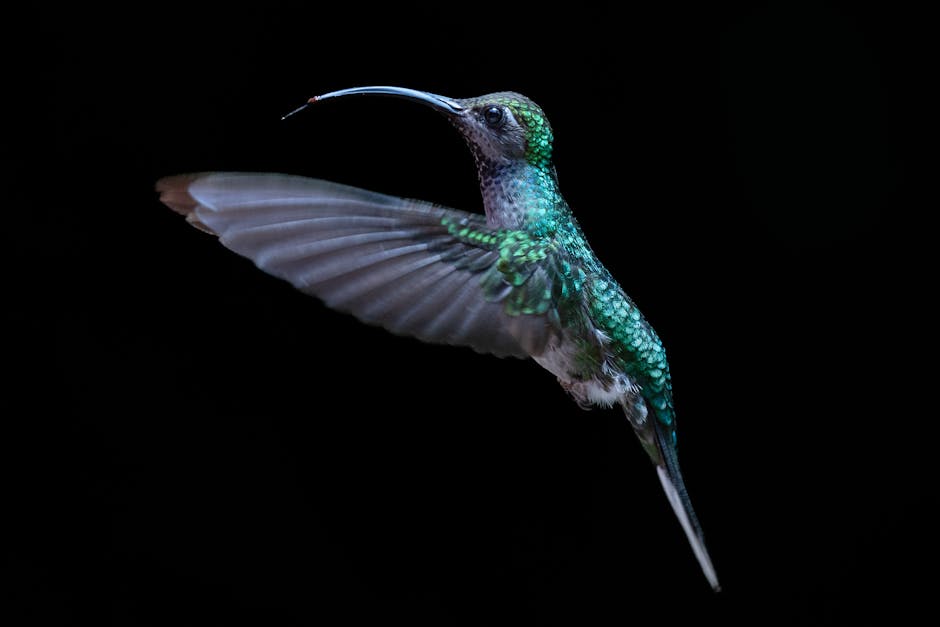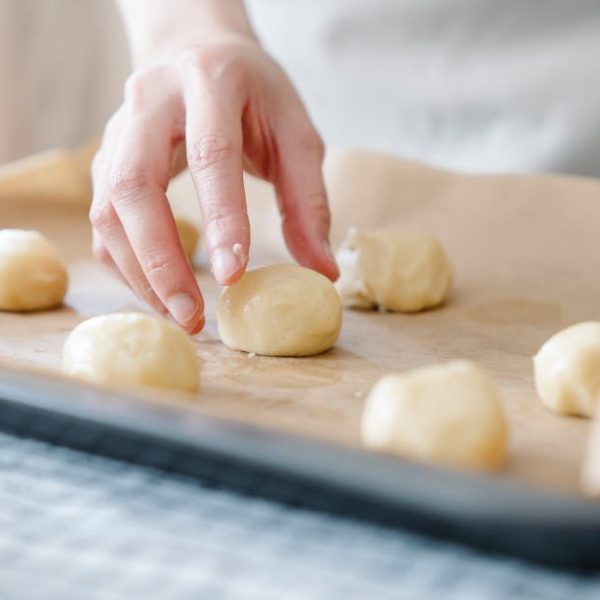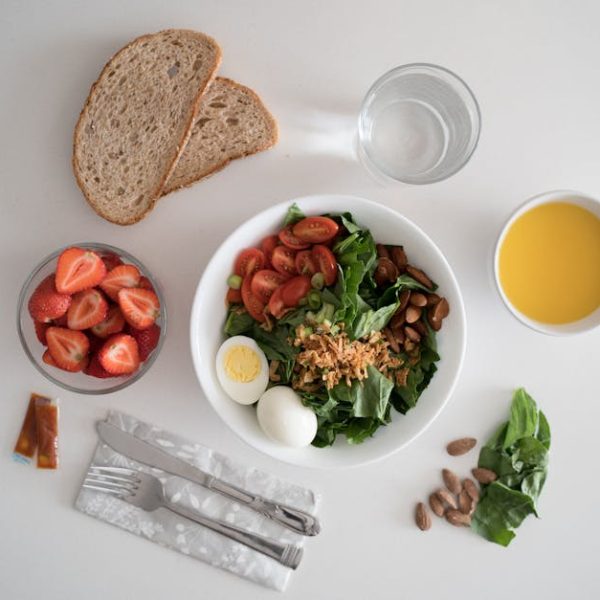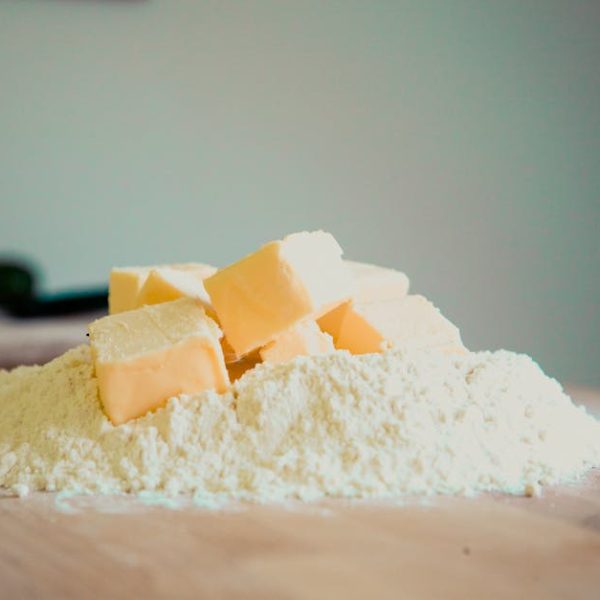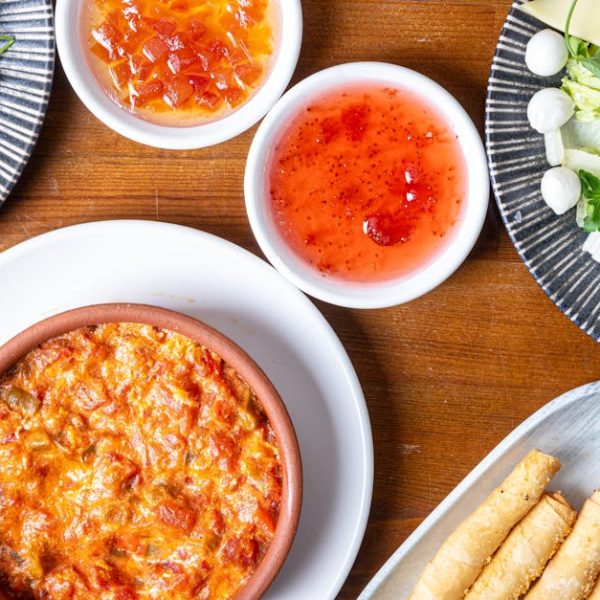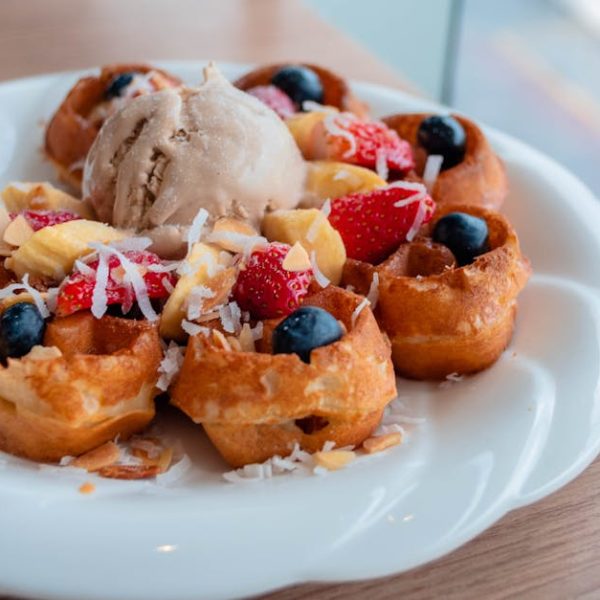Everyone who has ever watched these glittering, quick-moving birds knows that hummingbirds have an insatiable appetite. With their skyrocketing metabolism, they need to feed several times an hour to keep their tiny engines running. Creating homemade food for these feathered visitors can be a rewarding and fulfilling experience.
Understanding Basics of Hummingbird Nutrition
The first step to creating tantalizing hummingbird food lies in understanding their dietary needs. Hummingbirds, in their natural habitat, feed on a mix of nectar from flowers, insects, and spiders. Therefore, any food you prepare for them needs to mimic this nutritional mix. Think protein, sugar, water, and a smattering of vitamins and minerals.
Pro Tip: While aiming for the perfect homemade hummingbird food, keep it natural. Avoid the temptation to add artificial colorings or preservatives, which could potentially harm the birds.
Sugar-Water Solution: The Basic Hummingbird Food Recipe
Most homemade hummingbird food recipes take cues from their natural nectar preferences. An easy-to-make sugar-water solution serves as the basic hummingbird food recipe. To prepare this, you only need a couple of ingredients: white sugar and water. Start by boiling the water, add sugar, and stir until fully dissolved. Allow the mixture to cool before pouring it into your hummingbird feeder.
Best Practices: The sugar-to-water ratio should ideally be 1:4 to mimic the sweetness level found in flower nectar. Also, it is crucial to clean the feeder regularly to prevent the growth of harmful mold or bacteria.
DIY Nectar with Natural Flower Extract
Want to level up your hummingbird food game? Try adding natural flower extract to your homemade nectar. This addition not only boosts the taste but also ups the nutritional value of the feed. Unlike store-bought feeders, do-it-yourself varieties sans preservatives are healthier and more eco-friendly.
Learning to extract nectar from edible flowers like honeysuckle and hibiscus can be a fun adventure. Soak the flowers in a small amount of warm water overnight, strain the liquid in the morning, and voila! you’ve got flower extract to add to your nectar.
Protein-Rich Recipes with Insects and Spiders
Despite the common misconception, a hummingbird’s diet isn’t all sugary nectar. They also need protein, which they usually get from small insects and spiders. So, if you are located in an area with plenty of these bugs and insects around? You are on your way to creating a protein-rich recipe for your hummingbird.
Safe-to-feed insects include ants, gnats, and spiders. Catching them can be as simple as setting up an insect trap near your hummingbird feeder. These tiny proteins are a great addition to your homemade hummingbird food.
Enhancing Hummingbird Food with Vitamins & Minerals
Like any other living being, hummingbirds too need vitamins and minerals for their well-being. Minerals such as calcium and vitamins like Vitamin C can be added to your homemade hummingbird food. Essential nutrition can come from a variety of sources, including fruit pulp or juices and specific types of flowers.
A word of caution here though – avoid over supplementation as it could pose risks. Maintaining a varied diet for the birds is the key to ensure they receive the right nutrition.
Exploring Different Hummingbird Food Types
Once you get the basics down, it’s time to experiment and combine different ingredients to create a variety of hummingbird foods. From a basic sugar-water solution to a protein-rich meal spiced up with some essential vitamins and minerals – the possibilities are endless.
* Pro Tip: As you try out these different recipes, observe your feathered visitors’ preferences. Not all hummingbirds might like the same type of food, and preferences can vary. With keen observation and a little creativity, making DIY hummingbird food can surely turn into a fascinating and rewarding hobby.
11 Tasty DIY Hummingbird Food Recipes
Ready to make your own delicious homemade hummingbird food? Below, we share 11 tasty and simple recipes that you can make in your own kitchen.
1. Basic Sugar-Water Solution
- 1 part white sugar
- 4 parts water
Boil the water, dissolve sugar, allow mixture to cool and serve.
2. Sugar Water with Orange Extract
- Basic sugar-water solution
- A few drops of orange extract
Prepare as the basic sugar-water solution, add orange extract, and let it cool before serving.
3. Flower Infused Nectar
- Basic sugar-water solution
- Flower extract from edible flowers like honeysuckle & hibiscus
Prepare as the basic sugar-water solution, add flower extract, and cool before serving.
4. Ant-enriched Nectar
- Basic sugar-water solution
- 4-5 small ants
Prepare a basic solution, cool, mix in ants before feeding.
5. Gnat-enriched Nectar
- Basic sugar-water solution
- 4-5 gnats
Prepare a basic sugar-water solution, cool, mix in gnats before feeding.
6. Nectar with Fruit Juice
- Basic sugar-water solution
- A few drops of fresh fruit juice
Prepare a basic solution, add fruit juice once cooled, and feed.
7. Spider-enriched Nectar
- Basic sugar-water solution
- 1-2 small spiders
Prepare a basic solution, cool, and add small spiders before feeding.
8. Nectar with Vitamins
- Basic sugar-water solution
- A pinch of Vitamin C powder
Prepare a basic solution, cool, and sprinkle with Vitamin C powder before serving.
9. Nectar with Minerals
- Basic sugar-water solution
- A pinch of calcium carbonate
Prepare the basic solution, cool, then add calcium carbonate before feeding.
10. Nectar with Mixed Insects
- Basic sugar-water solution
- A mix of small ants, spiders, and gnats
Prepare the basic solution, cool, and add the mixed insects before serving.
11. All-in-One Recipe
- Basic sugar-water solution
- A mix of small insects
- A few drops of fruit juice
- A pinch of Vitamin C powder and calcium carbonate
Prepare the basic solution, let it cool, then add the insects, fruit juice, and vitamins and minerals.
Try out these DIY recipes and see which ones your hummingbird visitors love most! Always remember to keep the feeder clean to ensure that feeding sessions are a delightful and healthy experience for these wonderful creatures.
Pro Tip: By rotating your offerings based on observation of birds’ preferences, you’ll know when to serve which food and enjoy the constant flurry of colorful wings in your yard! With these simple recipes, creating a hummingbird haven is easy, fun, and oh-so-rewarding!
Key Takeaway:
- Understanding hummingbird nutrition is key to creating homemade recipes. Hummingbirds require a diet rich in protein, sugar, water, vitamins, and minerals.
- A simple sugar-water solution serves as the basic recipe for hummingbird food. It can be enhanced with natural flower extract for taste and nutritional benefits.
- Hummingbirds need protein too, which can be supplemented in their diet through small insects like ants, gnats, or spiders.
- Vitamins and minerals play a crucial role in hummingbird’s nutrition and can be added to DIY recipes, but their over supplementation should be avoided.
- Mixing and matching ingredients to create a variety of hummingbird foods can help cater to individual bird preferences.
Watching hummingbirds enjoy the nutritious food you carefully prepared for them is a rewarding experience. Remember, observe your feathered friends to understand their preferences better and adjust your recipes accordingly. With consistent effort, your yard can become a favorite spot for these beautiful birds.
FAQs
Q: What is the ideal sugar-to-water ratio in hummingbird food?
A: A sugar-to-water ratio of about 1:4 is considered ideal, as it mimics the sweetness level found in flower nectar.
Q: Can artificial colorings and preservatives be used in homemade hummingbird food?
A: No, artificial colorings or preservatives should not be added to hummingbird food as they could be potentially harmful to the birds.
Q: How often should a hummingbird feeder be cleaned?
A: A hummingbird feeder should ideally be cleaned regularly to prevent the growth of harmful mold or bacteria.
Q: Can the same food be served to all hummingbirds?
A: Preferences can vary among hummingbirds. Observing your feathered visitors can provide insights into their likes and dislikes, allowing you to adjust your recipes accordingly.
Q: How can hummingbird food be made more nutritious?
A: Enhancing homemade hummingbird food with vitamins and minerals and supplementing with protein from small insects and spiders can boost its nutritional value.
Don’t forget to share this article if you found it useful, and do explore more posts on our website!
